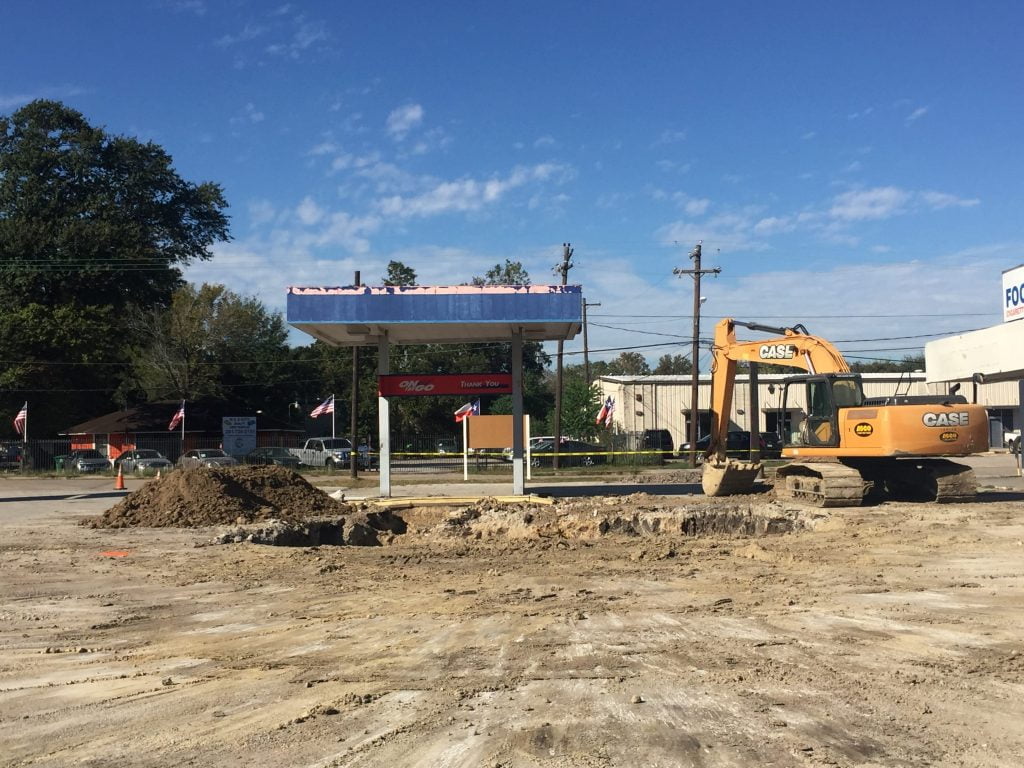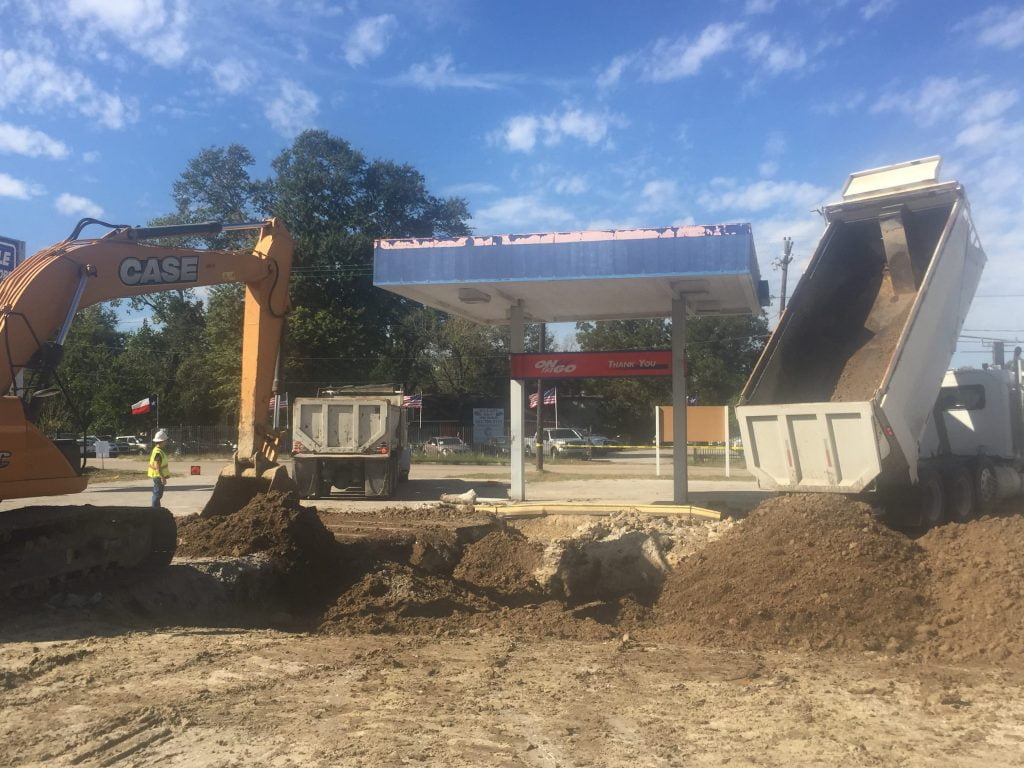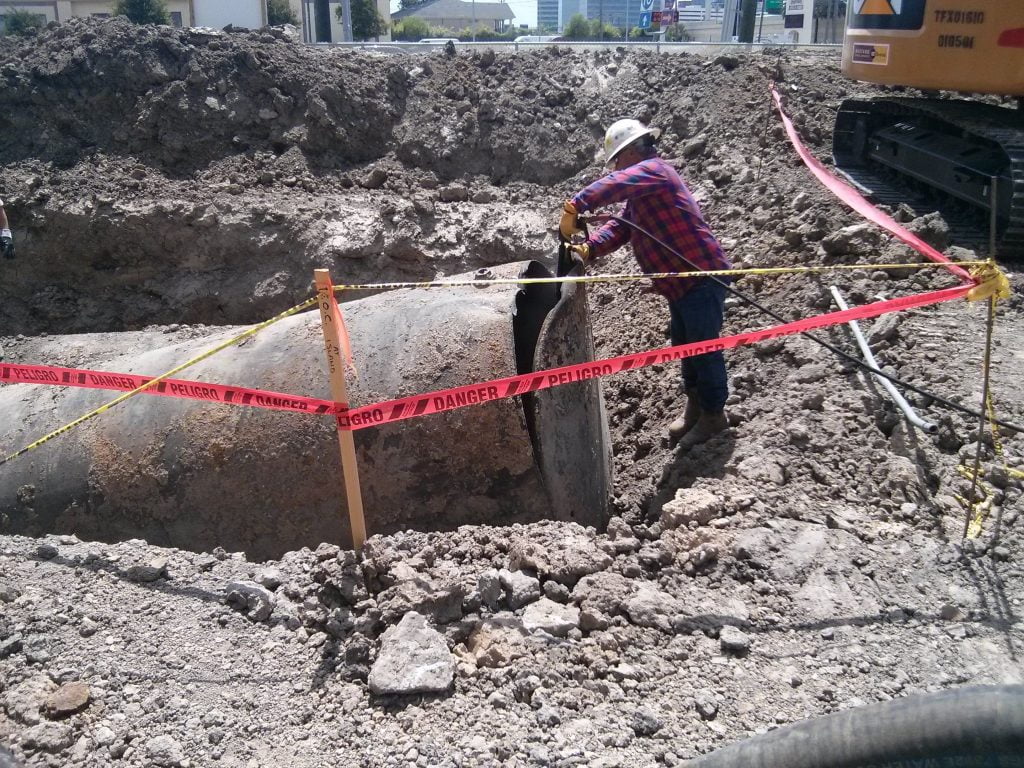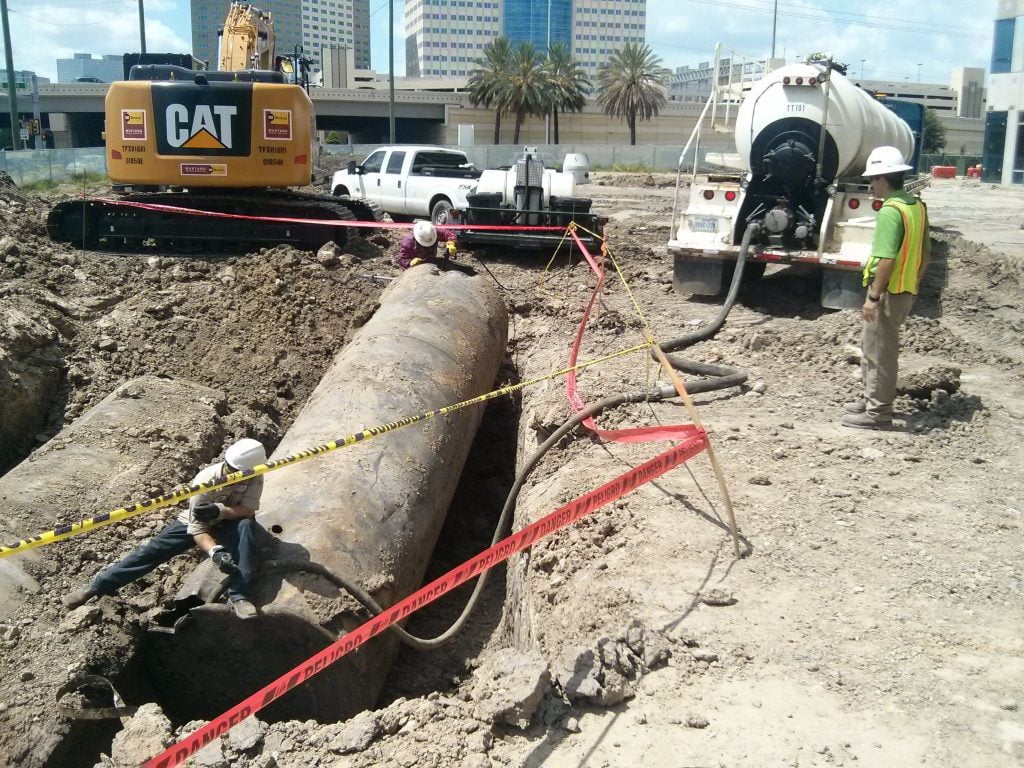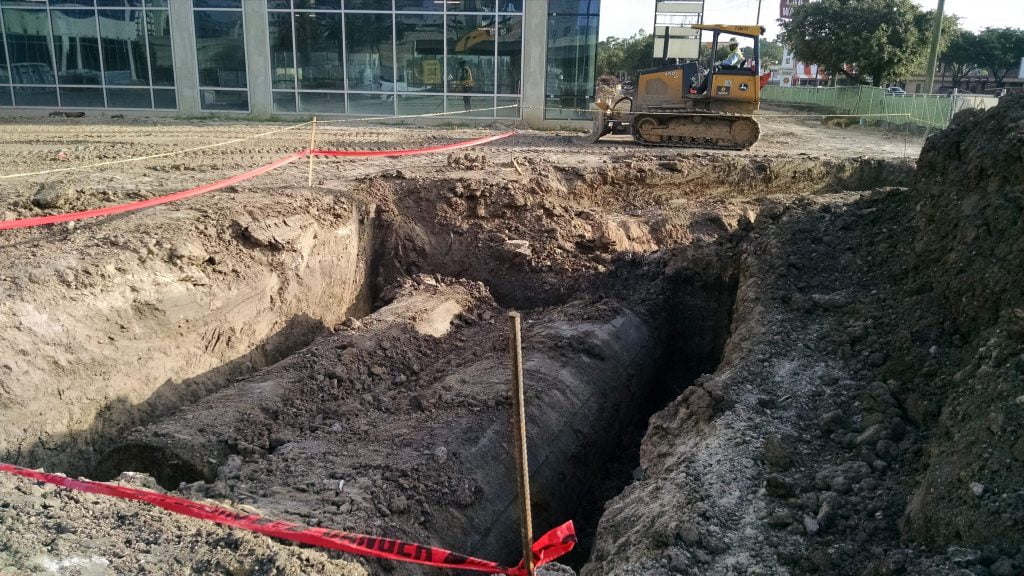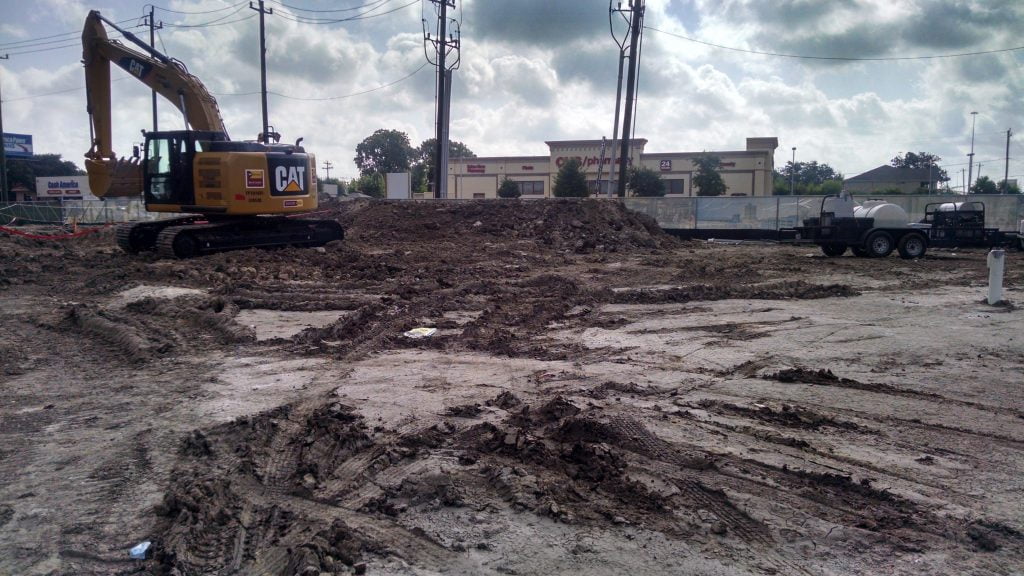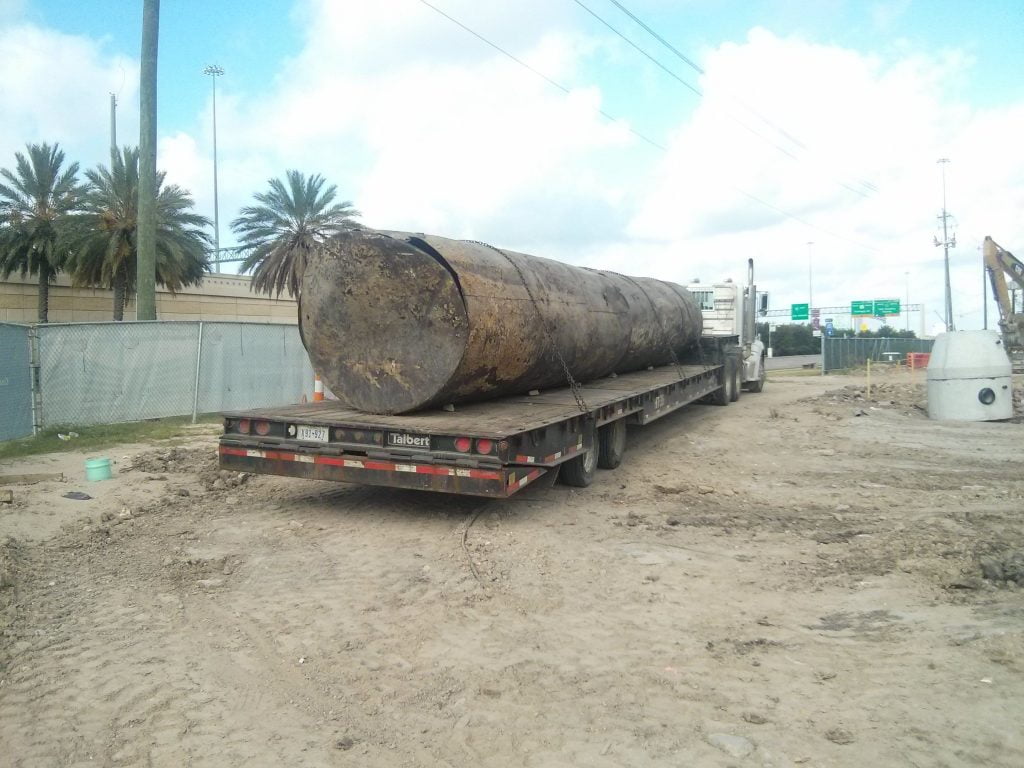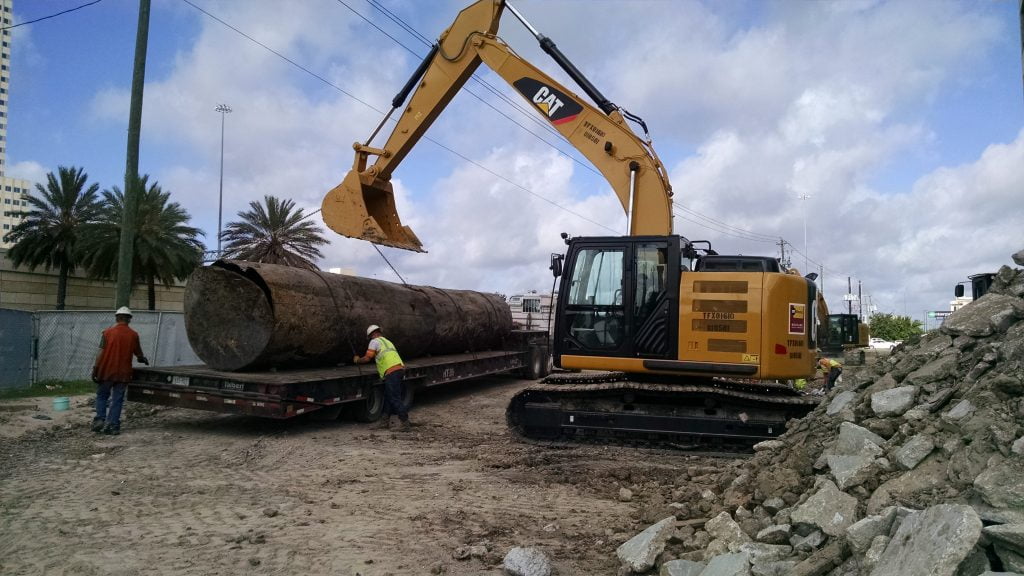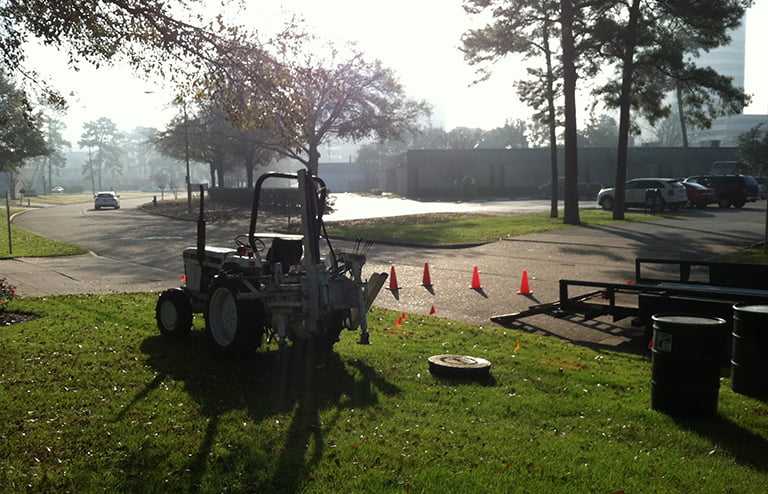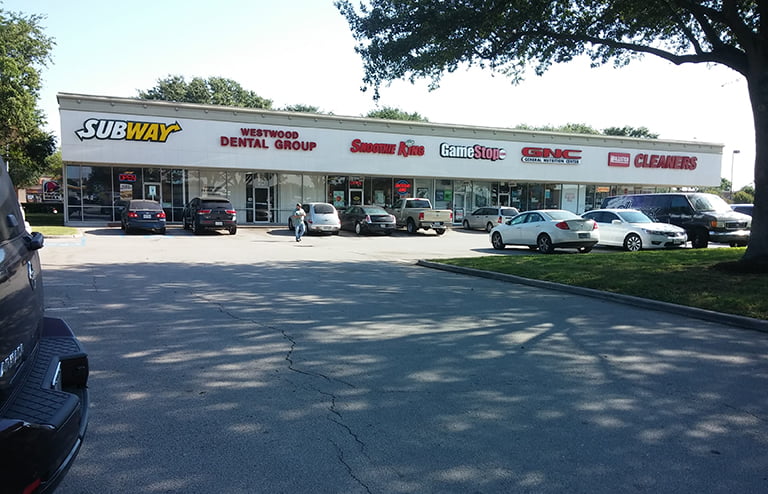Services Performed
ESE was retained by a multifamily developer to conduct environmental due diligence services associated with a former lumber supply company located in northwest Houston. The developer had plans to redevelop the Site as a multifamily low-rise. The Phase I Environmental Site Assessment (ESA) identified one recognized environmental condition (REC) in connection with the Site. The REC was associated with the presence of two undocumented 20,000-gallon gasoline underground storage tanks (USTs). ESE was responsible for the removal of the UST system, investigation of the release, and completion of the risk based corrective actions necessary to obtain regulatory closure.
Objective
ESE’s objective was to remove the abandoned leaking UST system and conduct the risk based corrective actions necessary to allow for the residential redevelopment of the site.
Scope of Work
- ESE conducted a Phase I ESA, which identified 2 abandoned 20,000-gasoline USTs at the Site.
- Upon ESE’s removal of the UST system, a release of the petroleum hydrocarbons benzene and methyl tert-butyl ether (MTBE) were discovered in shallow soils. This release was documented and submitted to the TCEQ in a Release Determination Report.
- A Phase II ESA conducted after UST removal activities and initial soil testing, indicated the presence of benzene and MTBE in groundwater.
- ESE completed the soil, groundwater and vapor assessment activities required to delineate the petroleum hydrocarbon plume, assess potential threats to receptors, and prepare a Plan A Risk Based Assessment (RBA).
- Through the Plan A RBA, it was determined that there were no immediate threats to receptors and that monitored natural attenuation was a viable option for corrective action.
- ESE conducted 8 quarterly groundwater-monitoring events over the course of the investigation. Data was collected during this period to monitor the presence and progress of natural attenuation. Additionally, ESE utilized ESE a Mann-Kendall model to evaluate plume stability over the 2-year period.
- A No Further Action letter was received from the TCEQ based on the lack of threats to receptors, the presence of natural attenuation, and evidence that the petroleum hydrocarbon plume in groundwater was stable.
Key Benefits to Client
- Environmental impacts at the site were addressed through risk based corrective action strategies, significantly reducing the cost of remediation
- The risk based closure strategy allowed for immediate construction of the Site without delay or interruption
- All exposure pathways including those associated with vapor were fully evaluated and demonstrated not to be a threat to the future residential inhabitance of the Site
- Regulatory closure of the Site allowed for residential redevelopment without any restrictions

